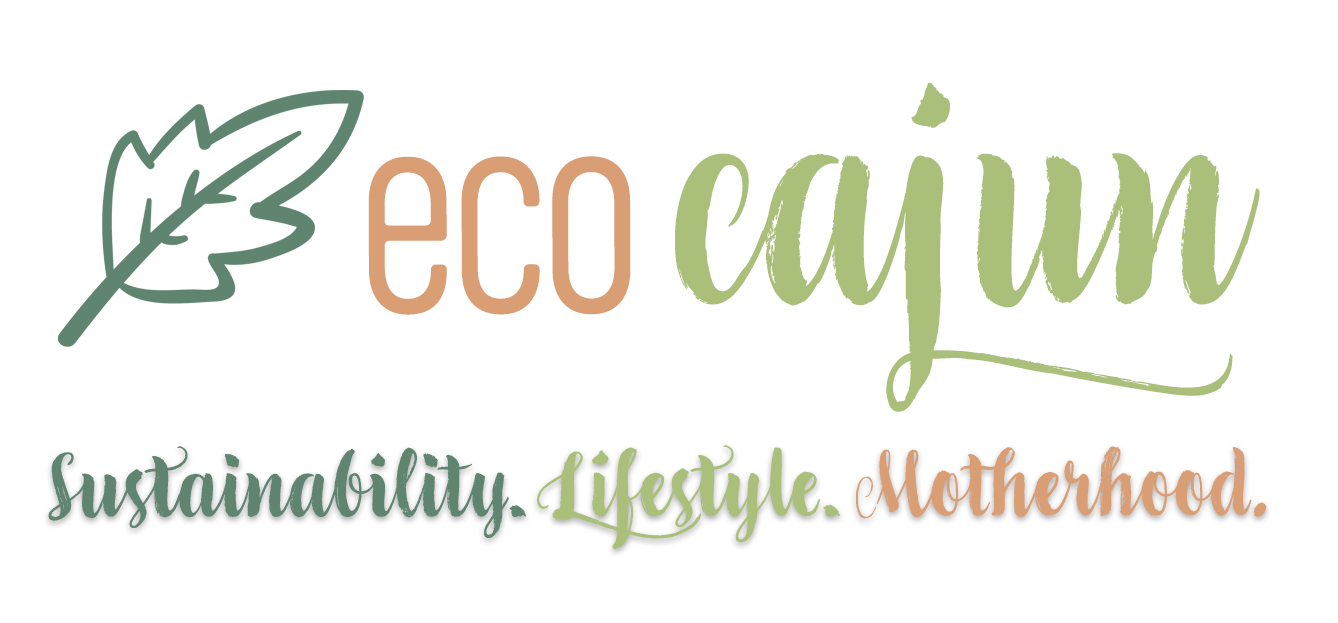Insulation is easily one of the most effective ways to make a house more temperate all year round. If you're cold, you typically put a sweater on before you turn up the heat. Insulation is just a home's sweater!
I've written before about winterizing your home and the ways in which you can be more energy efficient in heating and cooling. By far, proper insulation is the base on which all these other methods build upon for maximum efficiency.
All insulation is "green" by nature, but there's a wide variety of insulation types, ranging from toxic to your health to super green and recycled.
Foam and fiberglass are the most common forms of insulation
today. Foam products no longer use CFCs,
but they do use HCFCs, which are better than CFCs, but still not great for the environment. Fiberglass manufacturing uses
20-25% recovered glass cullet, while mineral wool uses 75% recovered slag. Both still have controversial health
risks, so they need to be carefully and expertly handled.
Fiber
insulation materials (like cellulose, fiberglass, mineral wool and
cotton) tend to have a lower environmental impact than foam-plastic
insulation materials, but their thermal resistance is not as highly rated.
Back in the day (and still today to a lesser extent), popular traditional insulation used in homes and commercial buildings also contained asbestos, because the material has great sound absorption, resistance to fire, and affordability. However, the fibers are incredibly toxic to humans. Asbestos is classified as a known human carcinogen, yet it is still widely used in the US. It affects water, air and soil quality, because it does not break down or biodegrade. When asbestos is inhaled, it becomes embedded in the lungs, and in many cases, leads to mesothelioma, a cancer of the lung lining. You don't want your home's walls to contain cancer-causing fibers, right? And you wouldn't want to subject the professional installers to the same dangers. (For more information on mesothelioma, check out the Mesotheloma Cancer Alliance.)
But luckily, there are better options than cancer-causing fibers with which to insulate your walls. One of the more popular green insulation options from the past few years is cotton insulation made from shredded, recycled denim. But don't go stuffing old pairs of jeans inside your walls just yet. Cotton insulation comes in rolls of batting and is installed the same way conventional insulation is. And cotton insulation has better sound-dampening qualities and fewer potential health problems than fiberglass insulation.
A company in England even makes insulation from recycled plastic bottles.
Wool insulation is a great green option, because it's natural, renewable and sustainable. It requires less energy in production than conventional insulation, and it can help slow down a fire in a home, due to its noncombustible properties.
Foam insulation is another category of insulation that has separate benefits from the batted materials. Foam insulation can be sprayed inside existing walls, making it a good choice for those retrofitting a home without tearing walls down. One local company, Southern Spray Foam, uses foam that contains green materials and is eligible for federal tax credits.
One couple in Chicago insulated their old home with spray foam made out of soybeans. They chose it even though it was the most expensive option because of its eco-friendly properties and a tighter air barrier than batted insulation. On This Old House's website, they discuss the changes the insulation has made in their kitchen, which include soundproofing and improved indoor air quality.
Whichever type of insulation you might choose, SCGH has tips on how to best do the work. Start with insulating the attic first, which can be an easier solution than going into the walls. They also suggest wrapping your hot water heater with an insulating blanket, which can help save water waste. And be sure to address any water leaks in your home before you put insulation in, because you don't want it to get wet!
If you have an upcoming insulation project, do a little research beforehand and see if you can feasibly make the project a little more eco-friendly by using better, less toxic materials.
Published in Times of Acadiana
Written for Schwinn Bikes
Popular Posts
-
Eye care is an important part of my daily routine, and it's one that can be greened in a few ways, without compromising health factors. ...
-
Part of being environmentally friendly is working to protect our land and natural resources, especially from aggressive methods that can cau...
-
So, I haven't succumbed to the Pokemon Go craze, but I love the positives that have come from everyone playing, from increased exercise ...
Copyright Eco Cajun. Sophie Template designed by Georgia Lou Studios





No comments